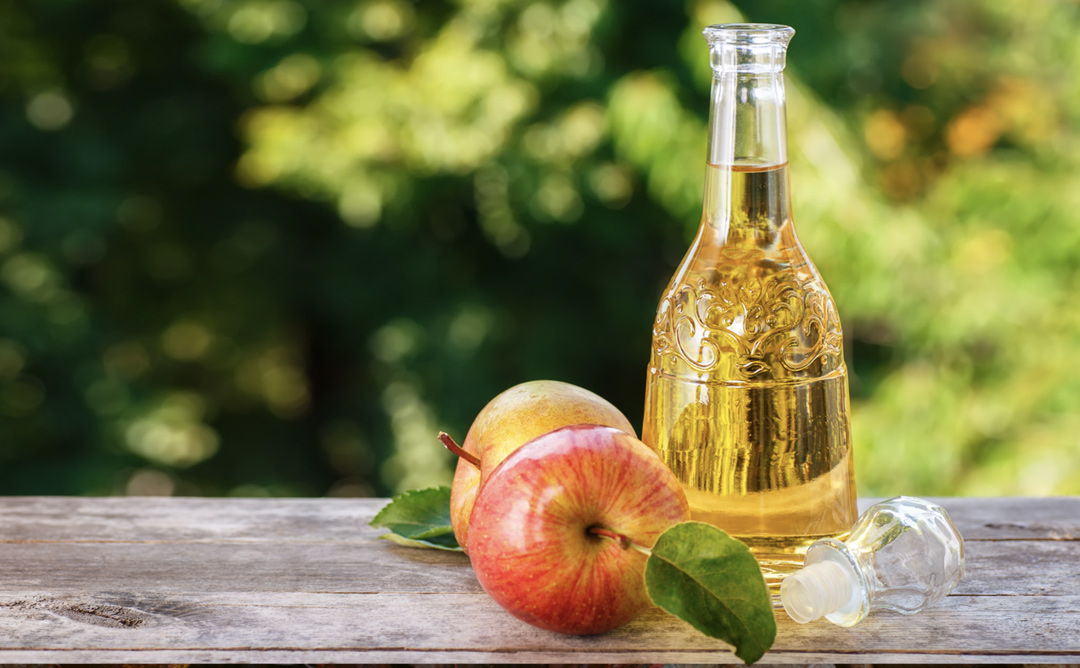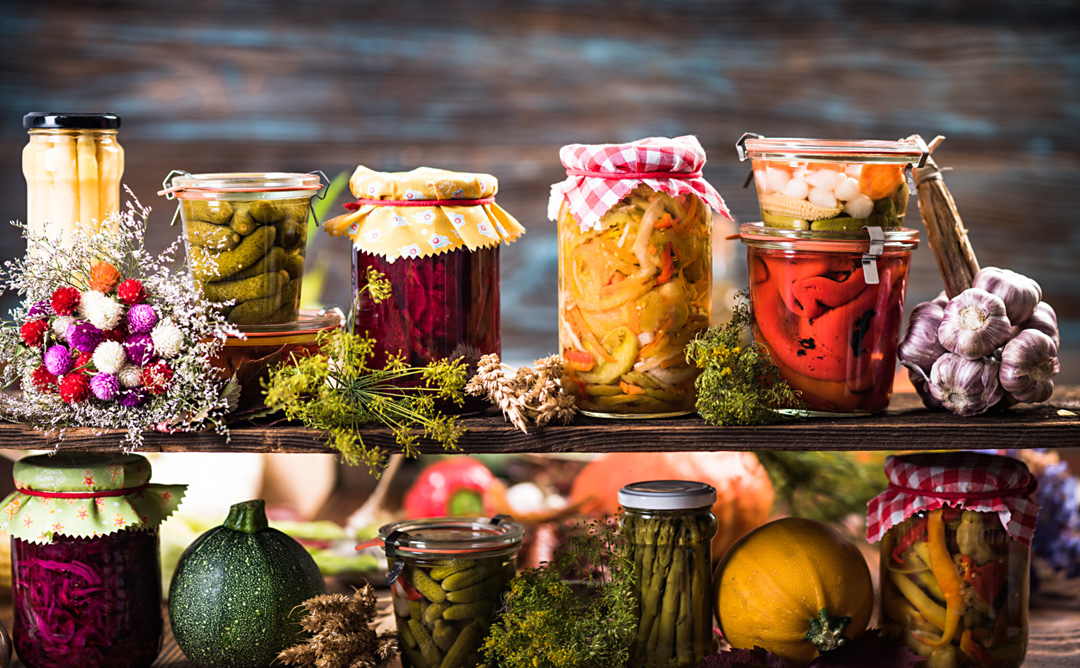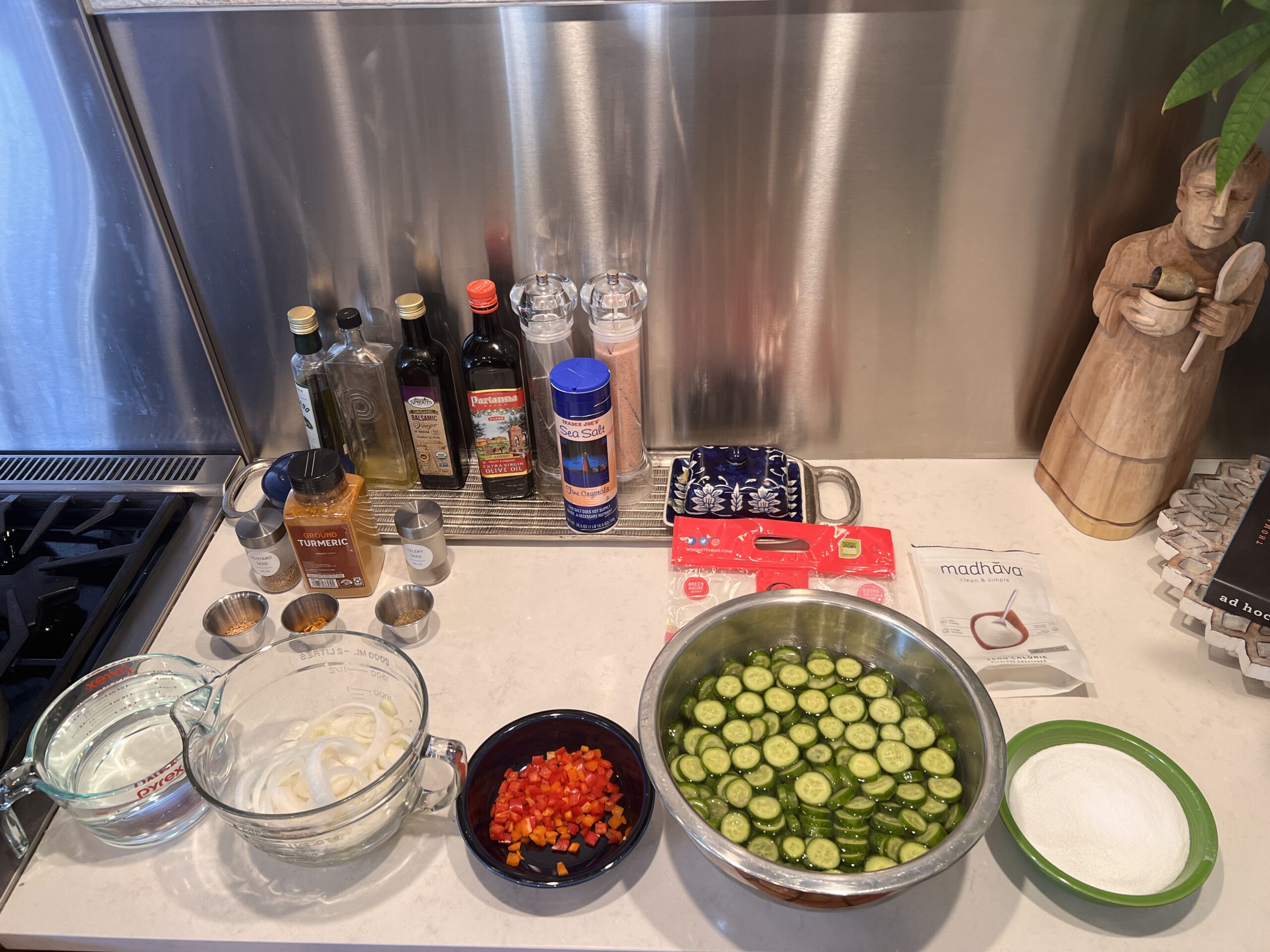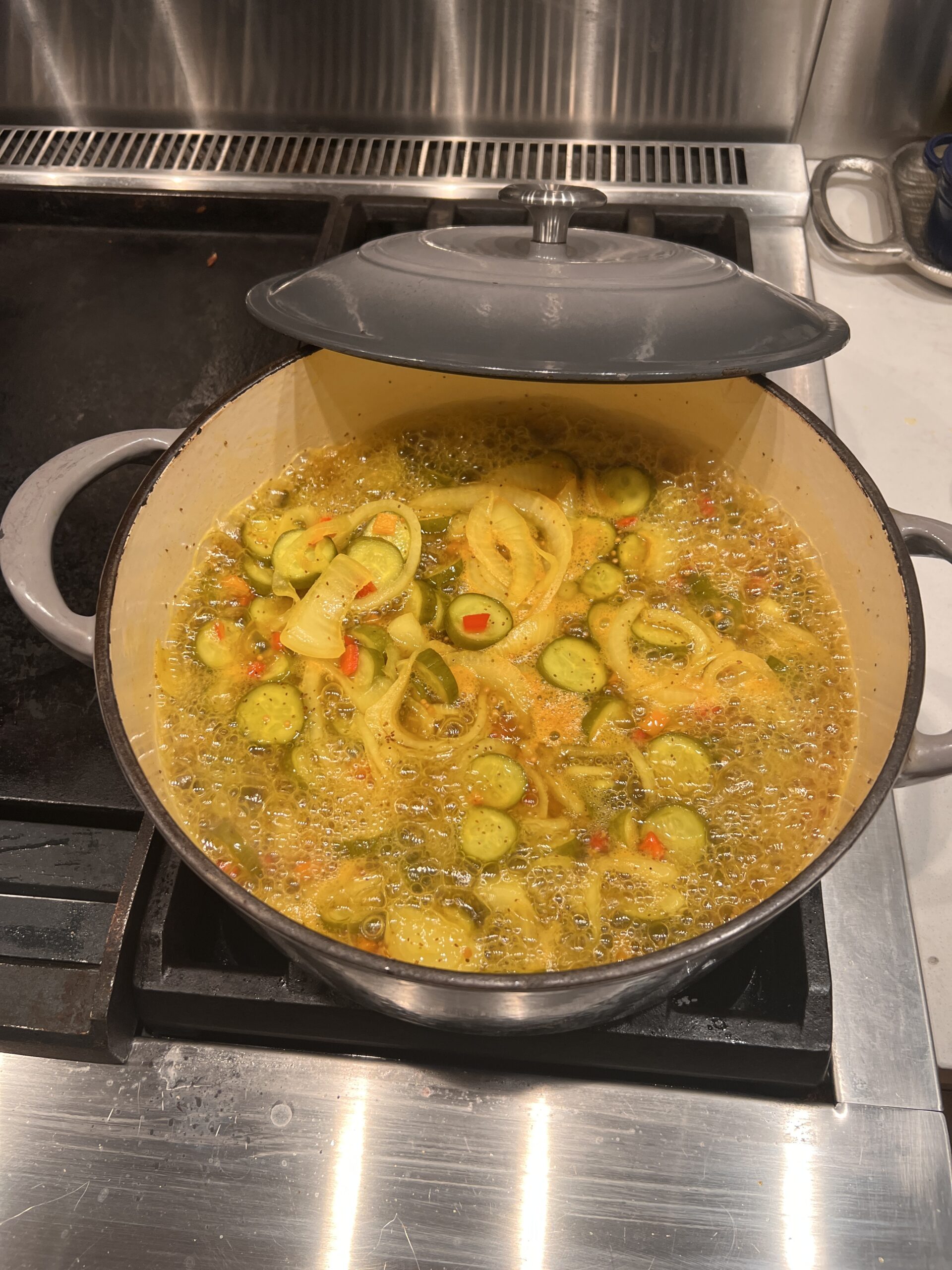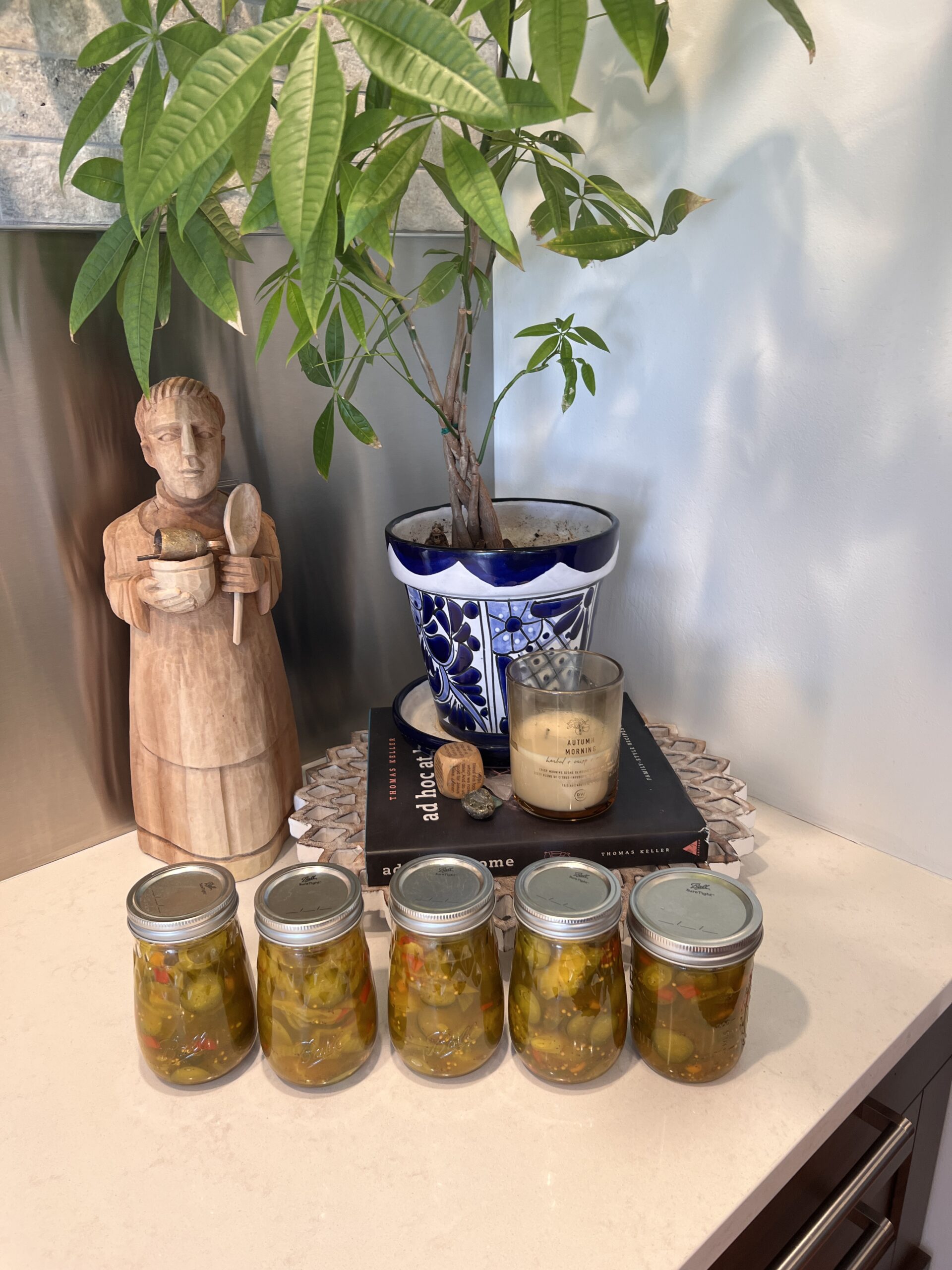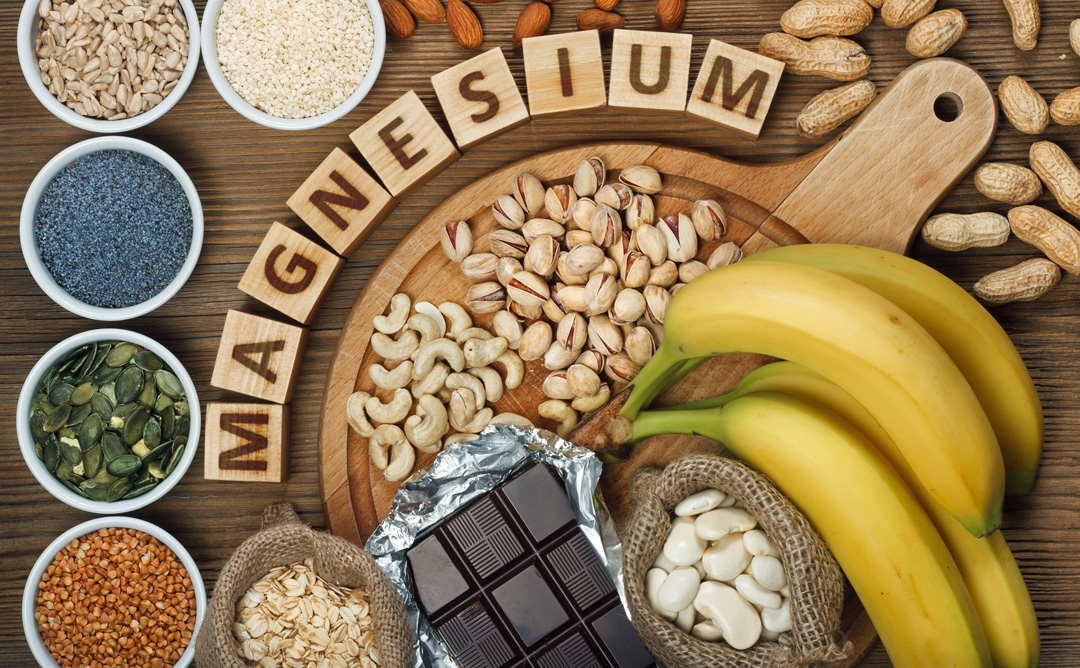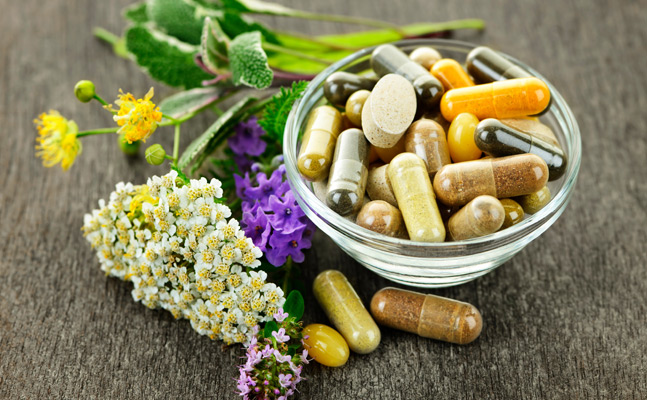Magnesium Unveiled: Decoding the Diverse Forms for Optimal Wellness”
We’ve all heard of Magnesium and the benefits that our bodies can reap from it. But, do we really know magnesium? Hopefully, after reading this you will have a better understanding of this powerful mineral, and you, along with your doctor, will be able to find the right form for you!
Magnesium is a mineral needed within the body to help maintain blood pressure, regulate muscle and nerve functions, keep bones strong, and keep your heart rate steady. It has also been found that having the right amount of magnesium in your daily diet may help with inflammatory diseases including diabetes, heart disease, and cancers.
Significant magnesium deficiencies can lead to serious health issues if not careful. Naturally, we can get magnesium from the foods that we eat daily. However, most people do not consume the foods needed. Some magnesium-rich foods include nuts, seeds, legumes, green leafy vegetables, and dairy.
So which one is right for you?
Let’s explore the most common ones below (taken from the National Institutes of Health):
Magnesium Aspartate
Magnesium Aspartate is used to treat or prevent low magnesium levels in extreme cases. It’s a mixture of aspartic acid and magnesium, which makes up a salt. This type of magnesium is easily absorbed and is used, at times, as a dietary supplement.
Magnesium Citrate
Magnesium Citrate is used in treating constipation. It is a mixture of magnesium bound with citric acid, a solvent that provides citrus fruits with their tart flavor. This usually comes in powder form to be mixed with a liquid. Unless your physician says otherwise, you should not take this supplement for more than a week. This type of magnesium is used often when prepping for a colonoscopy.
Magnesium Chloride
Magnesium Chloride is a mixture of magnesium and chlorine that is found in seawater and salt lakes. It is often used in people that are impaired in magnesium.
Magnesium Oxide
Magnesium Oxide is a salt mixture of magnesium and oxygen. You can easily get this form over the counter and in tablet, powder, or capsule form. It also comes in liquid form as in Milk of Magnesia. Although this form can be used for constipation it is also used for heartburns and other stomach discomforts. This type of magnesium is also very popular as a dietary supplement if enough magnesium isn’t obtained from food.
Magnesium Malate
Magnesium Malate is a salt mixture made from magnesium and malic acid. This type of magnesium is used to treat chronic fatigue syndrome and fibromyalgia, health related issues that interfere with the neuromuscular system. Although more research is needed to prove it, magnesium malate is believed to lessen pain and soreness in the body.
– Magnesium Taurate
Magnesium Taurate includes the amino acid taurine. Although more research is needed, this mixture is found to play a significant role in maintaining blood sugar levels. It has also been found to balance blood pressure and strengthen heart health.
Magnesium Lactate
Magnesium Lactate is a salt mixture of magnesium and lactic acid. Your blood cells and muscles naturally generate this type of magnesium and your digestive system effortlessly absorbs it. Because of this, it is often used to treat those that have to take magnesium in massive doses because of a severe deficiency. Magnesium lactate can aid in relieving menstrual cramps. A plus in most women’s lives!
Magnesium Glycinate
Magnesium Glycinate is a mixture of magnesium and the amino acid glycine. Glycine, alone, is generally used for sleep assistance and is looked to in helping with inflammation and inflammatory related issues such as diabetes. Although more scientific research is needed, magnesium glycinate has also been found to lessen stress, depression, and anxiety! Here is the one I love:
Magnesium Orotate
Magnesium Orotate is a mixture of magnesium and orotic acid, a substance utilized for developing genetic material. This type of magnesium is generally used to increase energy levels and for heart health. Magnesium Orotate is on the expensive side. More research is needed to determine if it’s worth the cost.
Magnesium Sulfate (Sulphate)
Magnesium Sulfate has been used to cure constipation, however it can adhere to some major side effects if taken over the correct dosage. This type is not used as often as it once was since there are other forms that can be absorbed by your body much more easily. You should not take this form of magnesium if you have symptoms of nausea, stomach pain, or vomiting.
Magnesium L-Threonate
Magnesium L-Threonate is a mixture of magnesium and threonic acid, which is a water soluble substance acquired after the breakdown of Vitamin C and is easily absorbed. Although more research is needed, this form of magnesium is shown to increase concentration and help with certain brain disorders such as depression and memory loss.I’ve always had trouble with sleep during the night because of the chronic pain I endure. Also, muscle spasms in my legs would wake me up several times during the night not to mention dealing with restless leg syndrome! The lack of sleep increased my stress levels considerably the next day. I have one that helped me considerably!! It’ a magnesium supplement by INNATE Vitality. It’s the Magnesium Glycinate form. This is the first magnesium supplement that has had a huge impact on helping me get to sleep and stay asleep all night long!! It’s also helped with muscle spasms from my back during the night! This has been a HUGE game changer for me and I now wake up completely rested and ready to tackle the day!
These are just the different forms of magnesium that are most popular in the United States. Make sure that you understand dose amounts for each one. You can take too much of one thing! Remember, to talk to your physician before you begin taking any kind of supplement especially if you are on medication or have a chronic illness such as kidney disease, diabetes, or cancer. I am not recommending that you take these supplements. This is for information purposes only! I am not a physician by any means! Just a health nut interested in how the earth heals!
I hope you enjoyed the read! Until next time, Lovely, stay healthy & happy. Be sure to visit our Community Area. I can’t wait to connect with you!
-Alisa
